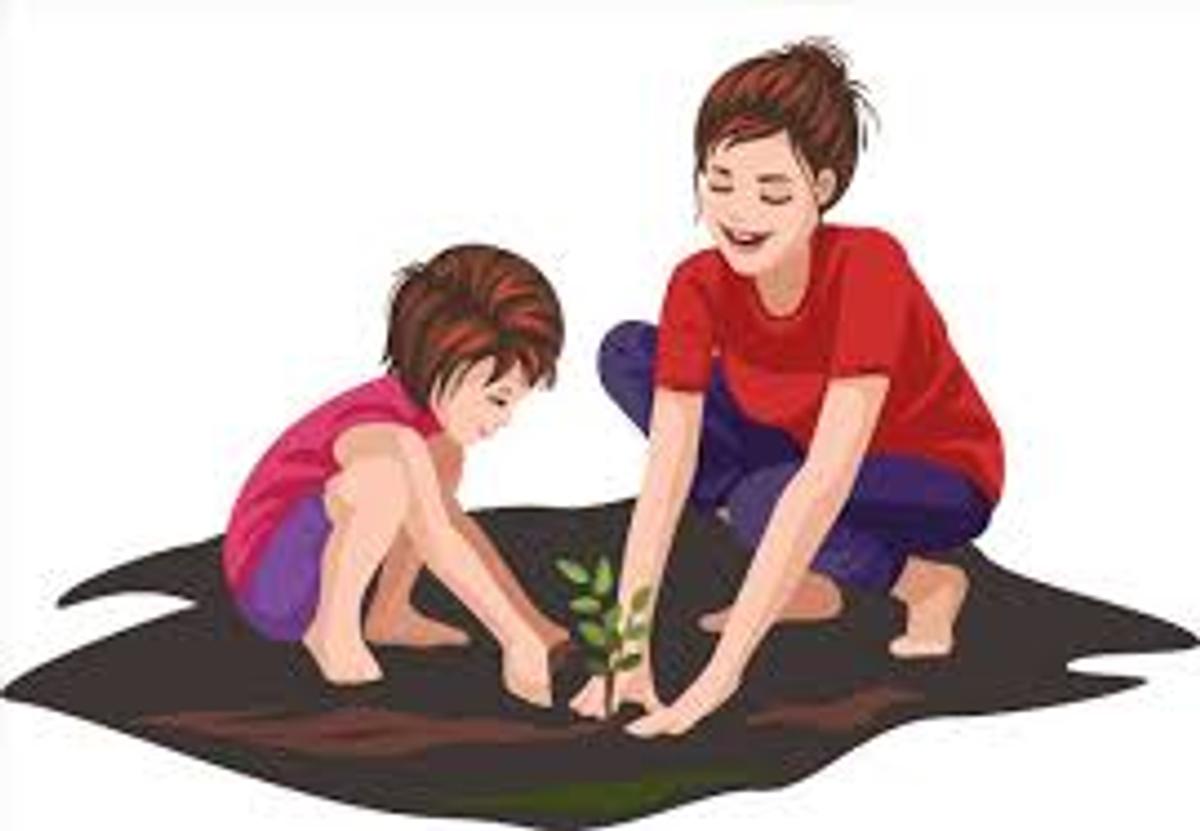Assistant Principal Report

Dear Parents and Carers,
Maths at home: Gardening and Measuring
It's just not dirt and worms and weeds; there are lots of numbers lurking in the garden. Spending time with our children in the garden is a wonderful experience and an opportunity to explore and learn about plants and animals and maths!
Gardening is a rich experience to practice measuring. For young children it can be as simple as measuring the garden or pathway in steps to practice counting. How many baby steps from here to there? How many GIANT steps? Another idea is to have a measuring tape in your garden tools so while you are working your child can measure various things and practice reading the numbers. Encourage them to place one end at the edge and then read the whole numbers using words like longer, shorter, high, tall etc.
The garden provides opportunities to measure:
Length (centimetres between seeds or plants, metres for rows or fences)The packet tells us these need to be planted 5 cm apart. How far is that?If we plant these 12 plants 30 cm apart, how long will the row need to be? Do we have enough room?It says this plant grows 2-3 metrse tall and needs full sun. Where’s the best place to put it do you think?
Area (square metres for planting, paths, or bricks) For this patch we need 12 square metres. What size of rectangles could we make? It says this paint will cover 10 square metres. Is that enough for the whole fence?
Volume (litres for liquid or cubic metres for bark and soil) We used 3 cubic metres of bark for this part. How much do you think we’ll need for that that part? How could we work it out?This bucket hold 20 litres, and the wheelbarrow holds 65 l. How many buckets will fill up the wheelbarrow?
Older children can be included in the fraction and ratio figuring out that is needed in the mixing work in the garden. It is very important that ratios are considered when mixing fertilizer or sprays. For example if the fertilizer needs to be mixed at a 1:10 ratio with water how much should we mix up in our watering can?
Measuring time
Gardening is also about timing and planning. Children can learn lots about time, seasons, months and weeks, through keeping track of what is happening in their garden on a calendar. Calendars with big squares that can be written on are available at many stores. When you plant something, help your child record this on a calendar and then check the seed packet for the information about germination, harvesting etc. Together you can figure out when they should see sprouts and when you may be able to harvest. Talk about days and weeks and months explaining that each week has 7 days or that a fortnight is two weeks.
Children can also record when the flowers appear on fruit trees or plants and then how long it takes for the fruit to be ready to eat. Which takes longer to mature: lemons or apples? Peas or tomatoes? How much longer?
Dani Bird
Assistant Principal

